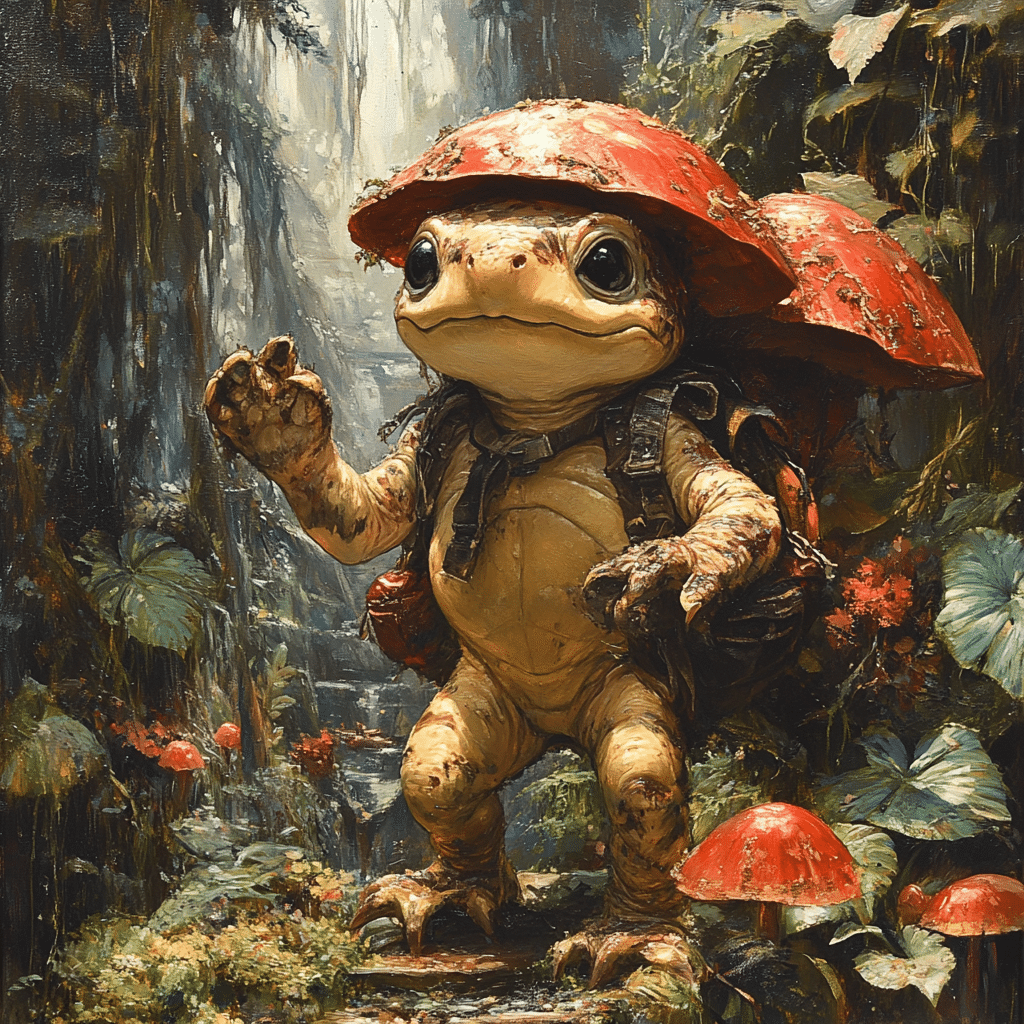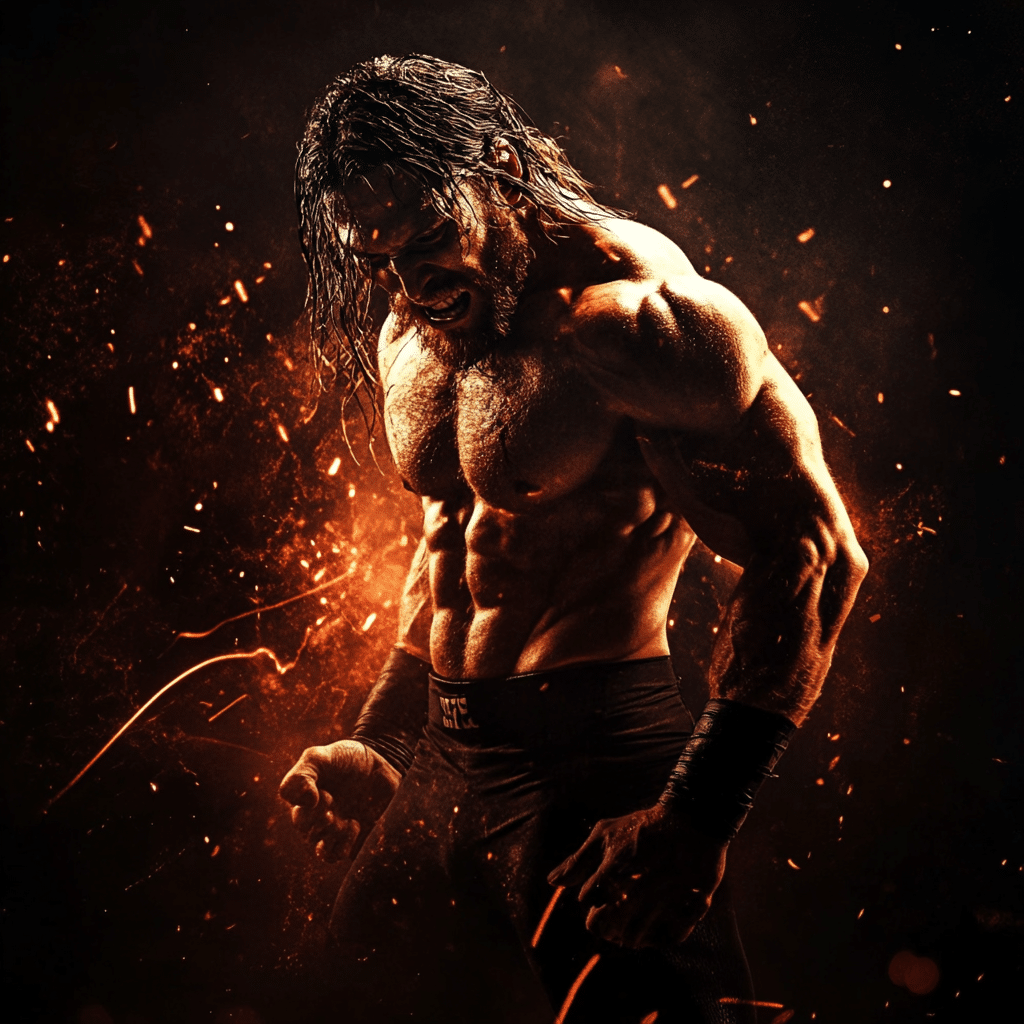The Stalwart Builder: Understanding Tiger Schulmann’s Background
Early Life and Inception into Martial Arts
Born and raised in the metropolis of New York City, Tiger Schulmann found his life’s passion in the rough and tumble world of martial arts at the tender age of six. The young Schulmann didn’t just take to martial arts – he lived and breathed it, training deeply in the discipline of Kyokushin Karate. Known for its emphasis on realistic combat and physical toughness, Kyokushin provided a robust foundation for the young martial arts enthusiast.
Schulmann didn’t stop at Kyokushin Karate, though. Oh no! His insatiable yearning for knowledge led him to explore the universe of martial arts further, absorbing Grappling, Boxing, Kickboxing, and other martial arts disciplines like a parched sponge. Having an affinity for such a broad spectrum of combat techniques would later become instrumental in shaping his unique approach to Martial Arts training and philosophy.
Crucial Milestones and Turning Points
From a sprightly lad practicing karate to a seasoned martial arts practitioner, Schulmann’s evolution was akin to a caterpillar blossoming into a butterfly. He spread his wings further, soaring high into the skies of martial arts mastery. Schulmann’s growth was fuelled by his participation in a bevy of national and international competitions in locations as far-flung as Japan and Israel. Every match, every face-off, every win, and every loss added another layer to his understanding of martial arts, deepening his conviction in the art’s transformative potential.
After years of tireless commitment, relentless training, and a few knocks and bruises along the way, Schulmann had an epiphany. The desire to impart his knowledge and the fighter’s spirit to others culminated in the birth of the Tiger Schulmann’s Martial Arts Schools initiative.
Tiger Schulmann and the Genesis of a Mixed Martial Arts Revolution
Incorporating Comprehensive Combat Styles: A Deeper Look
Tiger Schulmann revamped the martial arts schooling landscape with his integrated approach. His knack for fusing diverse combat styles birthed an innovative mixed martial arts pedagogy. Kyokushin Karate, Grappling, Boxing, Kickboxing – no martial art form was off limits. But, c’mon! We’re not just talking jumbles and mishmashes here. Schulmann’s method reflected a symphony of body movements that blended speed, strength, and precision.
Unique Training Regimen and Philosophy
It was more than just fighting techniques for Schulmann; it was a philosophy, shaping character and developing discipline. His approach aimed to create champions not only in the ring but also in life. It was about fostering an indomitable spirit that could weather all storms – mental or physical.
Launch of the Tiger Schulmann’s Martial Arts Schools
In 2015, the Tiger Schulmann revolution rippled across the nation, with a network of 48 martial arts schools sprouting like mushrooms in a meadow. Loaded with dedicated instructors, state-of-the-art facilities, and folks thirsting for martial arts mastery, these schools painted a buoyant picture of the future of martial arts in America. This bold foray was not just an entrepreneurial venture but a mission to offer a significant Mainstreet renewal in martial arts training.

| Category | Details |
|---|---|
| Full Name | Tiger Schulmann |
| Martial Arts Training | Kyokushin Karate, Grappling, Boxing, Kickboxing, and other martial arts disciplines |
| Early Life | Began training at the age of six in New York City |
| Competitive Career | Competed throughout the United States, Japan, and Israel |
| Current Involvement | Runs a chain of martial arts schools |
| Locations | Combined total of 48 martial arts schools across the United States |
| Established | The chain of martial arts schools was established on September 3, 2015 |
The Indomitable Spirit: Tiger Schulmann’s Contributions and Achievements
Cultivating High-Performance Athletes: Success Stories
In the hallowed halls of Tiger Schulmann’s schools, countless stories of transformation unfolded. From novices barely knowing a roundhouse kick from a back fist to adept martial artists representing their schools, cities, and the nation, the journey of many students mirrored a martial arts version of a Cinderella Story. There’s a Derek Lunsford in every classroom, waiting for the right mentor to harness their potential.
Impact on Women Empowerment and Self-Defense
One of the invaluable benefits of mixed martial arts is its implications for self-defense, especially for women. Tiger Schulmann’s schools didn’t just cater to burly lads with biceps the size of small tree trunks. Women were equally enthusiastic participants, learning valuable skills to protect themselves and becoming more physically fit and confident in the process. Some even went on to mirror the accomplishments of fitness icon Massy Arias.
Community Outreach and Youth Development Initiatives
Beyond the individual achievements, Tiger Schulmann’s legacy permeated community advancement. From teaching inner-city kids discipline through martial arts to organizing charity events, Schulmann’s contributions have been far-reaching. Further, the martial arts schools were instrumental in keeping kids out of trouble, teaching them discipline, respect, sportsmanship, and perseverance – values that will serve them well in life outside the dojo.
Into the Modern Era: Tiger Schulmann’s Innovati+ve Approaches in 2023
Adapting to Technological Innovations in Training and Performance Analysis
Like a savvy surfer on the techno-wave, Schulmann’s schools embraced the digital age. From high-tech monitoring equipment measuring student performance to virtual reality simulations for enhancing training, technology became a crucial tool to augment traditional training methods.
E-sports and Digital Platforms: A New Frontier for Martial Arts Promotion
When the world turned to e-sports and digital platforms, Tiger Schulmann didn’t shy away. Remaining at the forefront of change, these schools capitalized on technology’s unprecedented reach to promote martial arts. The successful implementation of digital platforms to promote traditional martial arts was akin to adding a shot of caffeine powder to the already buzzing world of e-sports.

Tiger Schulmann’s Legacy: Insight into the Future of Mixed Martial Arts
Expanding the Schulmann Method: Anticipated Developments
As the martial arts landscape continues to evolve, what does the future hold for Tiger Schulmann’s schools? With innovative training methods, commitment to community development and continued emphasis on empowerment valuable lessons, it seems growth and expansion are the only way forward. Armed with the conviction that martial arts can change lives, Tiger Schulmann’s impact on the martial arts stage is far from over.
The Next Generation: Succession Planning and Management Transition
As we move further into the 21st century, the baton must inevitably be passed to the next generation. Fortification of this succession process and managing this delicate transition will be pivotal in retaining the legacy of Tiger Schulmann’s martial arts revolution, ensuring its longevity.

Drawing Wisdom from the Tiger Schulmann Revolution
Impact on Global Martial Arts Stage
Moreover, Tiger Schulmann’s martial arts revolution has far-reaching implications beyond U.S borders. The comprehensive training model, imbibed with traditional and modern techniques, has had significant influence on the global martial arts stage.
Lessons for Aspiring Martial Arts Practitioners and Enthusiasts
The Schulmann method stands not just as a fighting style but as a philosophy, a call to resilience, discipline, respect, and self-confidence. Aspiring martial arts practitioners and enthusiasts can draw vital lessons from this revolution, using it as a blueprint for personal growth and mastery.
The Last Round: Reflecting on Tiger Schulmann’s Transformative Journey
Key Takeaways from Tiger Schulmann’s Revolution
In the world of Mixed Martial Arts, Tiger Schulmann has become synonymous with innovation, perseverance, community development, and empowerment. The Schulmann method has fundamentally reshaped the martial arts world, adding substance and dimension to the sport.
Ongoing Impact and Enduring Influence of the Schulmann Method
As countless victorious fighters raise their fists and hundreds of emboldened individuals defend themselves successfully, one can feel the ongoing impact of the Tiger Schulmann’s revolution. His schools, training methods, philosophy, and contributions continue to shape the martial arts world, echoing his enduring influence.
From the streets of New York to the global scale, Tiger Schulmann’s evolutionary journey as a martial arts stalwart has truly revolutionized mixed martial arts. His legacy transcends the bounds of traditional martial arts, symbiotically encapsulating modern techniques and centuries-old traditions. The result? A transformative methodology that empowers its practitioners with confidence, health, and an unmatched fighting spirit. Just like scoring that unbeatable deal with a Dicks Sporting Good coupon, discovering Tiger Schulmann’s innovative martial arts approach brings a sense of accomplishment, excitement, and anticipation for what’s yet to come. Life’s a fight, and with Tiger Schulmann, you’re more than prepared to take it on.
What style of karate is Tiger Schulmann?
Well, the Tiger Schulmann franchise, you see, teaches a mixed martial art style that’s primarily based on Kyokushin karate. It’s a full-contact style with a dash of judo, grappling, and kickboxing. Quite the blend, eh?
How many Tiger Schulmann locations are there?
Getting to the nitty-gritty, as of now, there are around 80 Tiger Schulmann locations spread across the East Coast. Now that’s quite a footprint!
What style of karate does Chuck Norris use?
For the Chuck Norris fans out there, ahem! The style of karate he’s known for is Tang Soo Do, and he’s often seen mixing it up with Taekwondo and Brazilian Jiu-Jitsu. A regular martial arts cocktail, isn’t it?
Which karate style is closest to kung fu?
So you’re looking for a karate style close to kung fu, huh? Look no further than Goju Ryu karate, my friend. It integrates hard strikes and soft circular block techniques akin to those in Chinese Kung Fu.
What style of karate is Ryu Street Fighter?
Buddy Ryu from Street Fighter, the cool bloke that he is, uses a fictional style called Ansatsuken or the “Assassin’s Fist”. In reality, it’s a mix of real-world techniques from Shotokan karate and Judo.
What style of karate is Cobra Kai karate?
For all you Cobra Kai lovers, well, it’s not that straightforward, mate! The TV show Cobra Kai is a mishmash of various karate styles, but it’s predominantly based on Tang Soo Do.
What martial arts does Tiger Chen use?
For those who are wondering about Tiger Chen, hold onto your seatbelts! He’s a wizard in Wushu and Tai Chi, but he can also throw down with some Kung Fu, and other martial arts styles.
What style of karate is sport karate?
Sport karate, as the name suggests, is a competition-based style. It’s a modified form of traditional karate that involves points, rules, and safety equipment to make it more appropriate for tournaments and championships. Fancy trying it, eh?






























